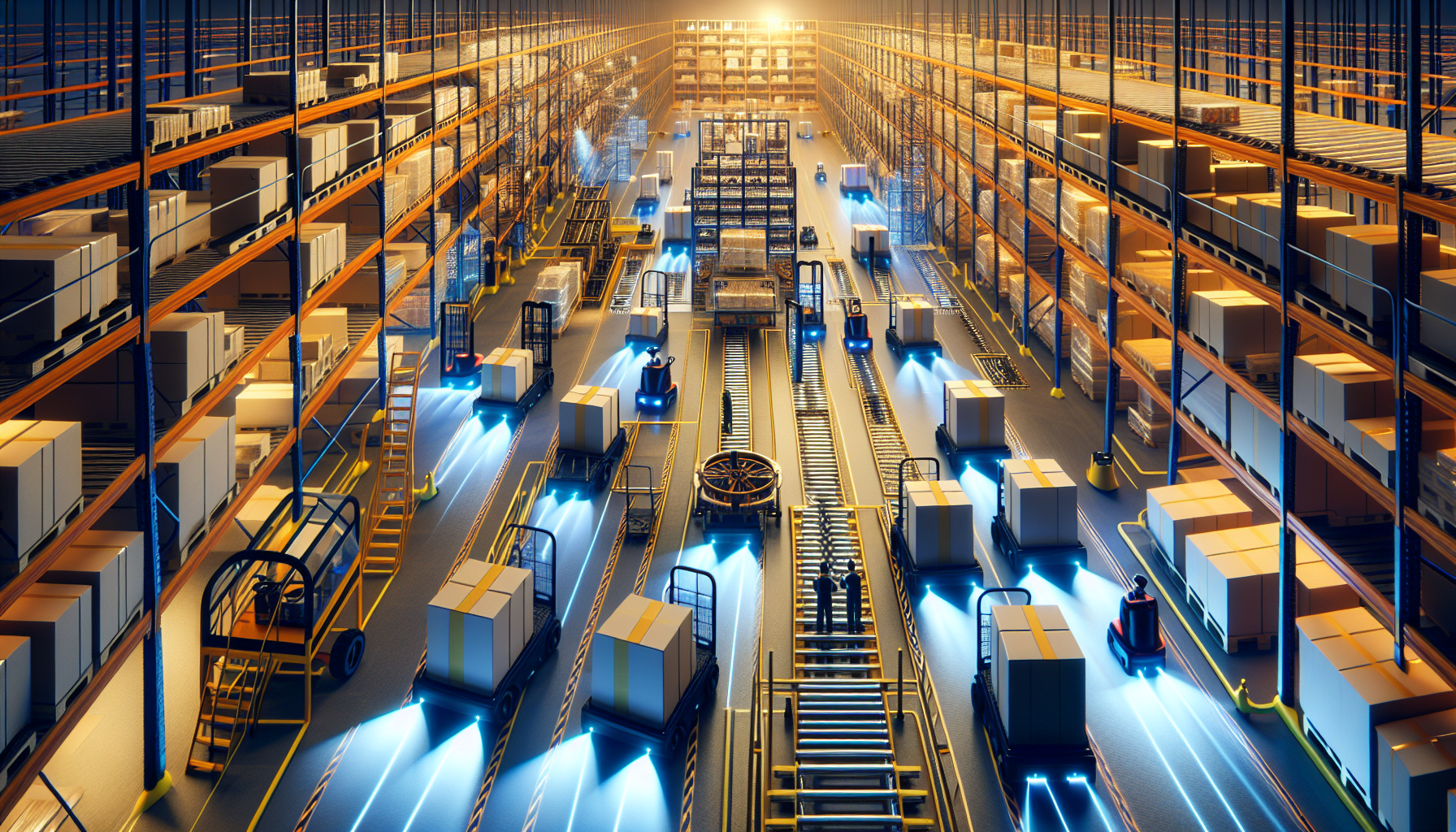Warehouse operations can be highly complex and challenging to manage efficiently. One of the key factors that contribute to the success of a warehouse is the reduction of labor costs. Labor costs can account for a significant portion of a warehouse’s operating expenses, and finding innovative solutions to minimize these costs is crucial for long-term success.
The Role of AGVs in Reducing Warehouse Labor Costs
One such innovative solution that has gained immense popularity in recent years is the use of Automated Guided Vehicles (AGVs). These autonomous vehicles are equipped with advanced navigation systems and sensors that allow them to operate safely and efficiently in warehouse environments. AGVs have transformed the way warehouses function, delivering a wide range of benefits, including labor cost reduction.
AGVs have the potential to automate various manual tasks that would otherwise require human intervention, thus reducing the need for manual labor. Here’s a closer look at how AGVs can help to reduce warehouse labor costs:
1. Increased Efficiency
AGVs are designed to perform repetitive tasks with speed and accuracy. They can transport goods within the warehouse, load and unload pallets, and even perform inventory management tasks. By automating these tasks, AGVs eliminate the need for human workers to physically carry out these activities, allowing them to focus on more value-added tasks.
With AGVs, warehouse processes can be streamlined, resulting in faster throughput and increased productivity. This increased efficiency directly translates into reduced labor costs as fewer workers are required to complete the same amount of work within a given time frame.
2. Improved Safety
Warehouse injuries are not only detrimental to workers but can also lead to higher labor costs in the form of workers’ compensation claims. AGVs help mitigate these risks by taking over hazardous tasks that are prone to accidents, such as heavy lifting and transportation of goods.
By automating these tasks, the reliance on manual labor is reduced, minimizing the potential for workplace injuries. This translates into fewer accident-related costs, lower workers’ compensation claims, and ultimately lower labor costs overall.
3. Optimal Space Utilization
AGVs are designed to operate in narrow aisles and tight spaces, allowing for optimal space utilization within warehouses. Unlike traditional forklifts or manual laborers, AGVs can navigate efficiently even in areas with limited space, maximizing the use of vertical storage and reducing the need for larger warehouse facilities.
By optimizing space utilization, warehouses can avoid the need for costly expansions or leasing additional space, resulting in significant savings in terms of rental or construction costs. Additionally, fewer workers are needed to manually maneuver equipment or goods in crowded areas, further reducing labor costs.
4. Flexibility and Scalability
AGVs offer a high level of flexibility and scalability compared to traditional warehouse operations. These vehicles can be quickly reprogrammed to adapt to changing workflows or seasonal demands in the warehouse. This scalability allows warehouses to adjust their workforce requirements based on demand, reducing the need for excess labor during slower periods.
Additionally, AGVs can be easily integrated with existing warehouse management systems, allowing for seamless coordination between different automated processes. This integration streamlines operations and reduces the need for manual intervention, resulting in further labor cost savings.
With the demand for faster order fulfillment and increased efficiency, AGVs have emerged as a game-changer for warehouse labor cost reduction. Their ability to automate repetitive tasks, enhance safety, optimize space utilization, and adapt to changing demands make them an invaluable asset for any warehouse aiming to reduce labor costs.
As a leading provider of warehouse optimization solutions, HCO Innovations understands the importance of leveraging AGVs to achieve cost-effectiveness and increased productivity. To learn more about how AGVs can revolutionize your warehouse operations, visit HCO Innovations.

